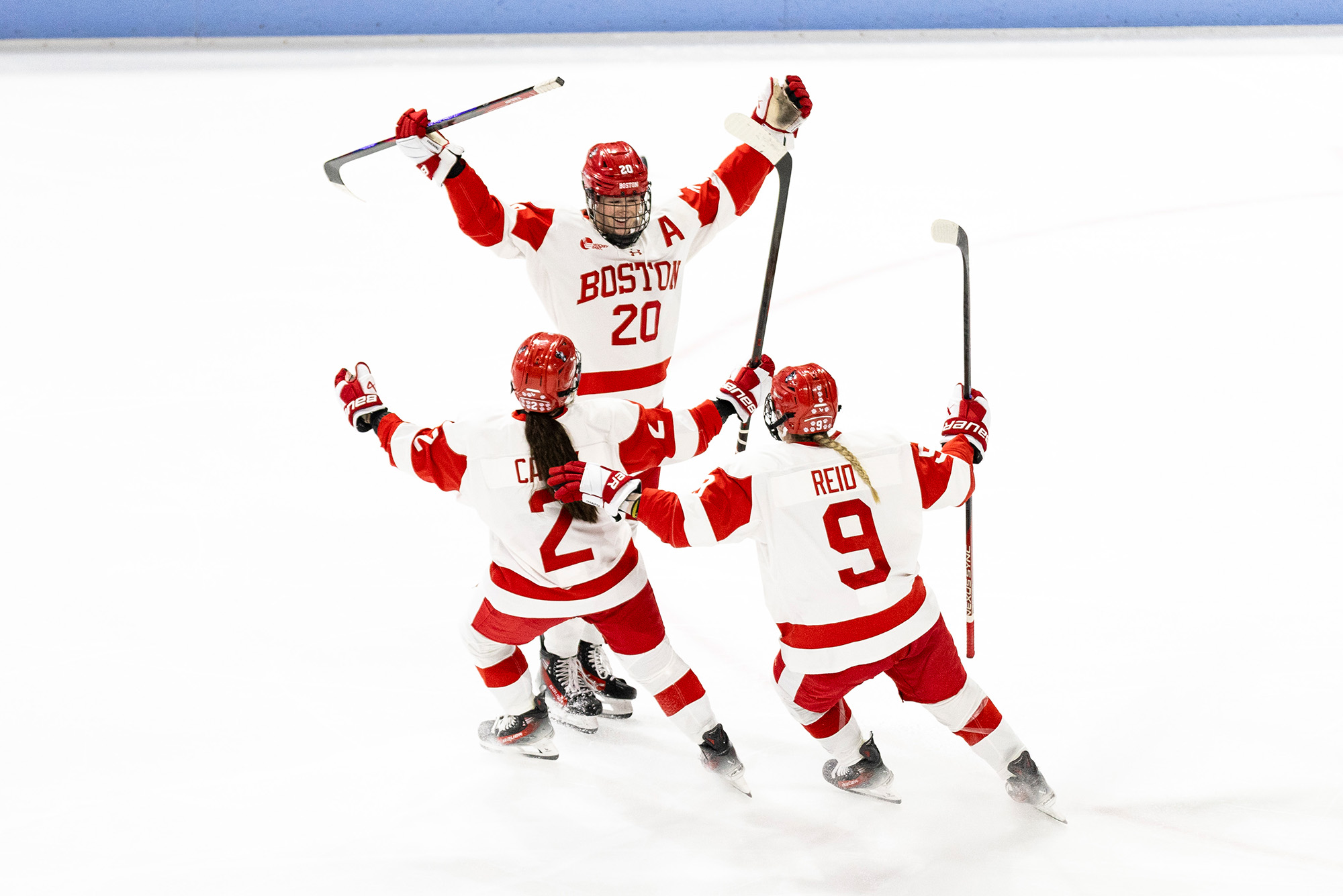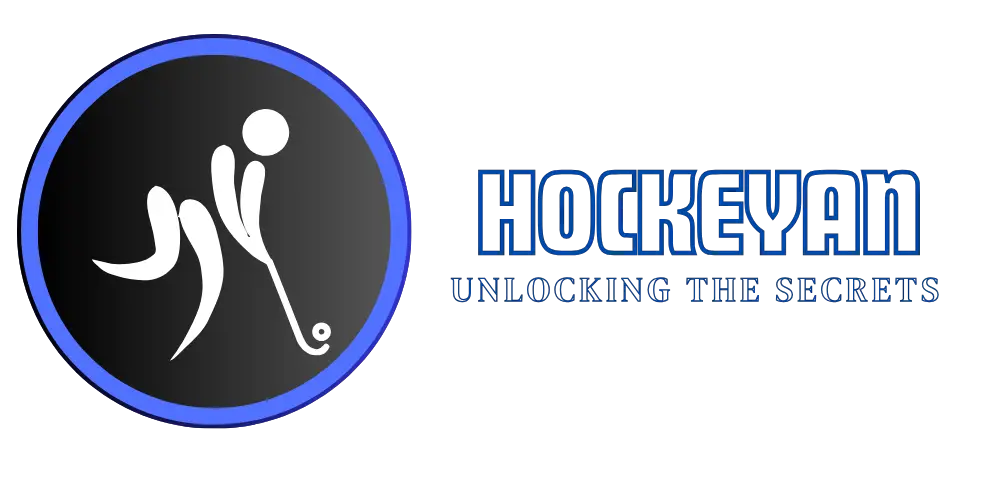Hockey players know when to sub by reading the game. They rely on signals and cues to make quick decisions.
In hockey, making timely substitutions is crucial. Players must stay fresh and maintain high energy levels. Coaches and teammates help communicate when it’s time to switch. They use a combination of visual signals and verbal cues. Additionally, the players themselves learn to sense the right moment.
This skill is developed through practice and experience. Knowing when to sub can make a big difference in a game. It ensures that the team always has the best players on the ice. Understanding this process can give fans a deeper appreciation for the sport. Let’s explore how hockey players master this important aspect of the game.

Credit: www.bu.edu
Game Awareness
Game awareness is crucial in hockey. Players must stay alert and responsive. They need to know the right moments to switch in and out. Understanding the game’s flow helps players make quick decisions.
Reading The Play
Hockey players constantly read the play. They watch the puck, their teammates, and opponents. This helps them understand the game’s current situation. Players look for signs of fatigue or changes in momentum. Recognizing these signs tells them it’s time to sub.
Anticipating Shifts
Players anticipate shifts by knowing their team’s strategy. They watch their line’s positioning and energy levels. If a player sees their line struggling, they prepare to sub. Timing is key. Players must anticipate the right moment to avoid leaving gaps.
Communication
Communication on the ice is crucial for hockey players. Knowing when to sub requires clear signals. Players use verbal and non-verbal cues to manage this. Effective communication keeps the game flowing smoothly. Let’s explore how players communicate during a game.
Verbal Signals
Players often use verbal signals to call for a sub. Shouting “change” or “line” alerts teammates. Coaches also give verbal instructions from the bench. These verbal cues need to be loud and clear. The noise in the arena can make it challenging. Players must listen attentively to catch these signals.
Non-verbal Cues
Non-verbal cues play a big role in communication. Players use hand gestures to signal a sub. For example, tapping their stick on the ice. Eye contact also helps players understand each other. A quick nod or wave can indicate a need for substitution. These non-verbal cues are silent but effective.
Physical Conditioning
Physical conditioning is crucial for hockey players. It determines their endurance and ability to make quick decisions. This conditioning helps players know when to sub. It ensures they perform at their best during the game. Let’s explore the key components of physical conditioning.
Endurance Training
Endurance training is essential for hockey players. It helps them maintain high energy levels throughout the game. Players engage in various exercises to build endurance:
- Running
- Swimming
- Cycling
These activities improve cardiovascular health. A strong heart means players can skate longer without getting tired. Endurance training also includes interval training. This involves alternating between high-intensity and low-intensity exercises. It mimics the stop-and-go nature of hockey. Players must push their limits during training sessions. This helps them stay on the ice longer without needing a sub.
Recovery Techniques
Recovery techniques are vital for hockey players. They help players recover quickly after intense workouts and games. This ensures they are ready for the next shift. Common recovery techniques include:
- Stretching
- Ice baths
- Massage therapy
Stretching helps prevent injuries. It also improves flexibility. Ice baths reduce muscle soreness. They help players recover faster after a game. Massage therapy relaxes muscles and reduces tension. Players often use foam rollers for self-massage. These techniques keep players in top shape. It allows them to perform at their best and know when to sub.
Both endurance training and recovery techniques are key for hockey players. They ensure players stay fit and ready for action. This physical conditioning helps players make smart decisions about subbing. It keeps them performing at their peak throughout the game.
Team Strategy
In hockey, successful teams follow a well-defined strategy for player substitutions. This ensures players are fresh and the team’s performance remains high. Substitutions, known as line changes, are crucial for maintaining momentum and energy throughout the game.
Coach’s Plan
The coach plays a vital role in planning substitutions. They create a substitution plan before the game. This plan considers the strengths and weaknesses of both teams. A coach will decide which players match up best against the opponent’s lines. These decisions are based on player performance, fatigue levels, and game situations.
Coaches also communicate the plan to players. This communication ensures everyone understands when they will go on and off the ice. Clear instructions help players know their roles and the timing of their shifts.
Bench Management
Bench management is key to effective substitutions. The assistant coaches and players on the bench must stay alert. They watch the game closely and follow the coach’s plan.
There are some key aspects to managing the bench effectively:
- Communication: Players and coaches must talk constantly.
- Timing: Players need to know when to change to avoid too many players on the ice.
- Readiness: Players must be ready to jump on the ice immediately.
Effective bench management keeps the game flowing. It prevents penalties and ensures the team always has fresh players on the ice.
Technology In Hockey
Technology has changed the way hockey is played and managed. Players and coaches now use advanced tools to enhance their strategies. These tools help in monitoring player performance and making data-driven decisions. They also help in improving the overall gameplay. This section explores how technology aids in making substitutions during a game.
Wearable Devices
Wearable devices are common in modern hockey. Players wear sensors to track their movements and vitals. These devices collect data in real-time. They monitor heart rate, speed, and fatigue levels. Coaches use this information to decide when a player needs a break. This helps in preventing injuries and maintaining peak performance. Wearable tech ensures that players are subbed at the right time.
Performance Analytics
Performance analytics play a crucial role in hockey. Data from wearable devices is analyzed to gain insights. These insights help in understanding a player’s physical condition. Coaches can see patterns in a player’s performance. They can predict when a player might need a substitution. Analytics also help in making strategic decisions during the game. This keeps the team strong and competitive.

Credit: www.tiktok.com

Credit: www.npr.org
Frequently Asked Questions
What Signals Hockey Players To Sub Off The Ice?
Players watch for coach signals or hear specific calls from the bench.
How Do Hockey Players Know When To Substitute?
They rely on timing, line changes, and coach instructions.
Do Hockey Players Substitute Themselves?
Yes, based on their energy levels and game flow.
How Often Do Hockey Players Substitute During A Game?
Typically, players switch every 45-60 seconds.
What Is A “line Change” In Hockey?
A line change is when a whole group of players substitutes at once.
Why Do Hockey Players Change Lines So Often?
They need to maintain high energy and performance.
How Do Coaches Signal For Substitutions?
Coaches use hand signals, verbal cues, or tap the boards.
Do Hockey Players Substitute During Play?
Yes, they often change lines while the game continues.
What Happens If A Player Misses A Substitution?
They might get tired, affecting their performance and team dynamics.
Conclusion
Hockey players know when to sub through signals and practice. Coaches guide them from the bench. Players watch the game closely to time their shift. Communication with teammates helps. This ensures the team stays strong and fresh. Subbing properly improves performance and reduces fatigue.
Understanding these signals is key for smooth gameplay. So, next time you watch a game, notice the subs. It’s all part of the strategy.




